Better than a mince pie and more warming than a glass of mulled wine, a toasty, inviting house is the perfect way to greet your guests this winter. But too often pesky draughts, poor insulation and a constantly opening front door can make your home feel chilly. One way to keep it cosy all season long is by replacing your windows. That’s because windows are one of the largest areas of your home where heat escapes, losing up to 24%, according to MyGlazing.com. The reason could be worn seals, failed double-glazing or simply old windows.
Good reasons to replace your windows
Can you see condensation between panes of glass, spot cracks, chips or holes or feel a draught? Then your window is in need of some TLC. If it’s no longer under guarantee or can’t be easily repaired (e.g. a failed weather seal), replacing the window completely is the best solution. The main benefit will be substantially reduced heat loss, which will trim your energy bills. Discover how much upgrading your windows can help you save with MyGlazing.com’s Energy Savings Calculator.
New windows won’t just be more energy efficient. Many designs can help cut down noise from outside while specialist coatings or film reduce glare on days when the sun is low in the sky. All of which results in a comfier, quieter, warmer home. To find a design that best suits your home, talk to a window fitting expert about your options.
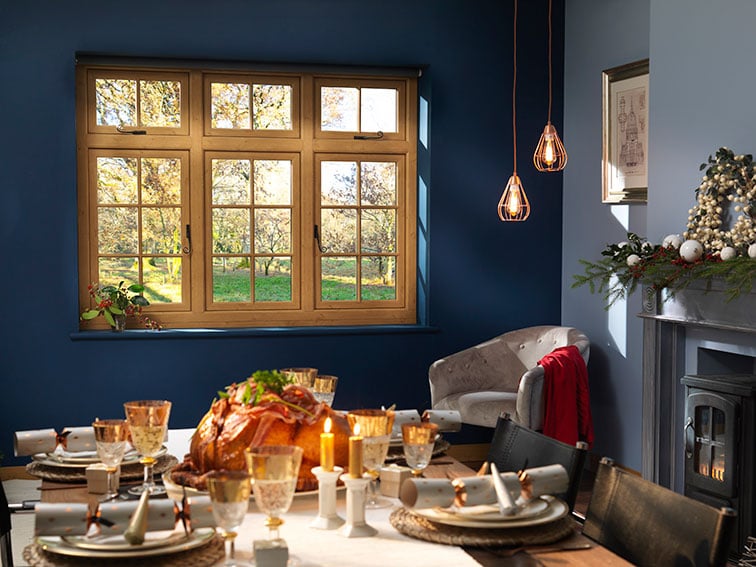
Image source: Evolutions Windows
Choosing the right windows
It’s worth getting to know some common terms before you buy.
1. Double-glazing
Double-glazing uses two panes of glass separated by a layer of trapped air to insulate more efficiently than a single pane of glass. If it’s finished with a reflective coating, it’ll be even more efficient, with a coating on the outside pane preventing the sun from overheating the room in the summer and an inside coating stopping infrared from leaving in the winter, keeping it warmer. There’s also the option of self-cleaning coatings on the exterior of your windows. These use sunlight and rain to keep the glass cleaner – great for awkwardly placed windows and busy lifestyles.
2. Triple-glazing
Triple-glazing is even more thermally efficient, at approx. 60% more than standard C-rated aluminium double-glazing and 40% more than an A-rated double-glazed window. This is because there are three panes for the heat to pass through before escaping outside and two layers of trapped air. The most energy efficient glass for triple glazing is called low emissivity (Low-E) glass, which lets light in but cuts down heat loss. The gap between the panes in efficient triple-glazing is also filled with an inert, non-toxic gas, which has a greater density than air, so this will further reduce heat loss.
3. Thermally broken
This term usually applies to aluminium windows. A barrier, which doesn’t conduct heat, separates the inner and outer frame of a window. This barrier material serves to stop heat conduction through the frame from your home to the outside and the cold moving in.
For all window types, check the window’s U value. The lower the number, the less heat will be transmitted through them and the better they’ll insulate your home.
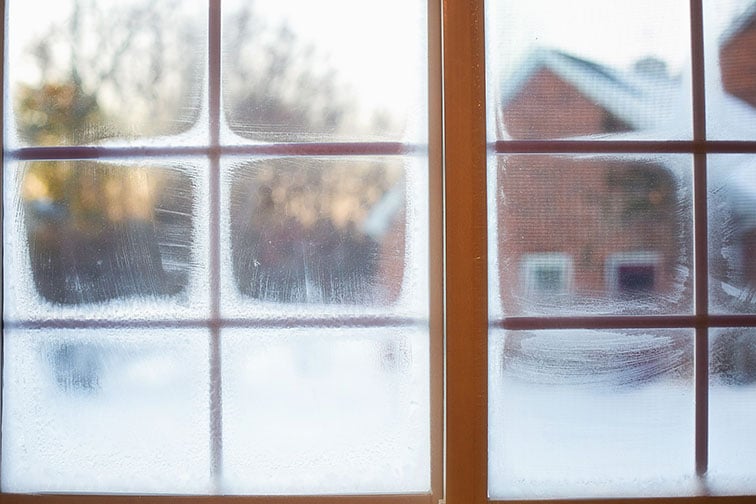
Read more: how to choose new windows
Window configurations
There’s no need to buy like for like if you’re replacing so think about whether your current arrangement works as well as it could. For example, if you don’t use fanlight windows often, could they be swapped for one larger opener? Eliminating a fanlight’s extra frame allows more daylight into your home and may even prove more cost-effective. Similarly, aligning the openers on one side of your home makes the exterior of your home more balanced – great for boosting kerb appeal.

Image source: MyGlazing.com
Read more: replacing your windows
Adding extra style
The latest window colours and materials are ideal for adding personality to your home, with white UPVC being just one choice. As well as timber effects that are even more realistic, graphite grey is becoming increasingly popular for a sleek modern look, as well as a wide variety of other colours. Alternatively, the design of aluminium windows has evolved considerably in the last few years. Not only are they better insulated than ever before, they’re more suitable for sliding and folding glass doors as the frame won’t expand and contract as much as uPVC and timber. Aluminium’s also good for panoramic windows as it can support more weight. Low-maintenance and durable, slim aluminium frames also enable more light to flood into your home, which is a big plus during shorter days.
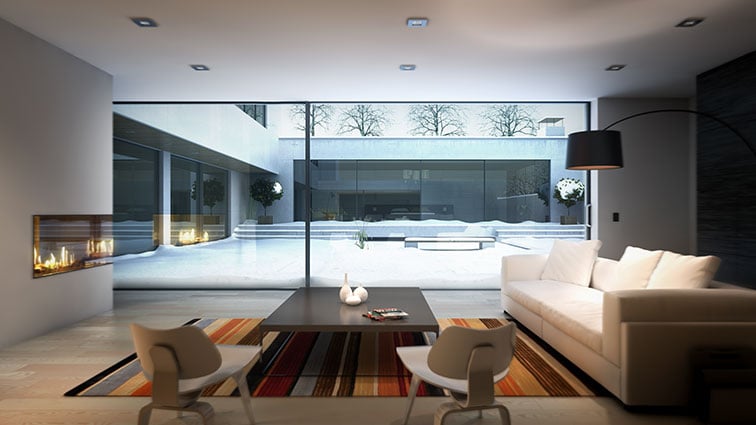
Image source: Reynaers at Home
For a window design that’s a little bit different, check out these round windows that look just as good on a house as on a boat.

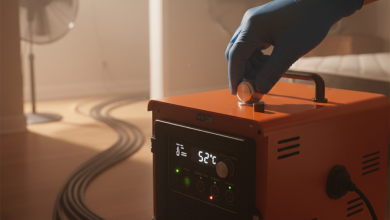


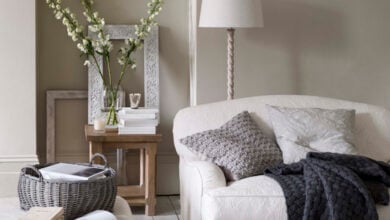
One Comment